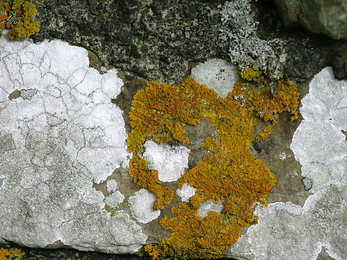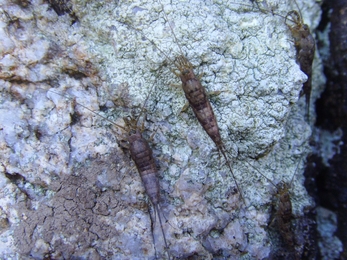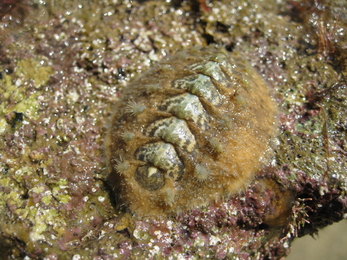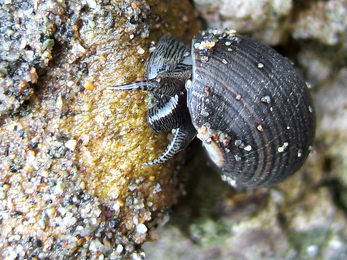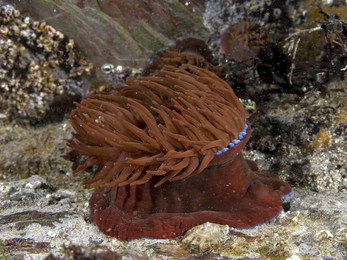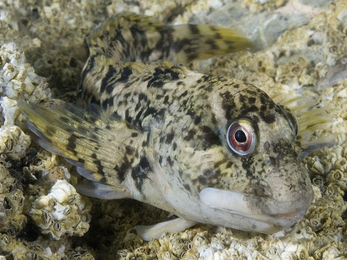If you've been for a walk along our shores, you've likely noticed how varied they are. From sand to boulders, flat expanses to steep inclines, these spaces are as diverse as the wildlife that calls them home. Even individual shorelines are highly changeable; in fact they're known as intertidal ('between tides') zones because they transform with the rise and fall of the sea.
Intertidal zones are dogwhelk-eat-dogwhelk worlds* where conditions can be immensely tough. When exposed to the air, organisms risk desiccation (drying out) and experience greater extremes of temperature. Sunlight can cause cell damage, even in species that use photosynthesis. Being out of the water means safety from some predators, but vulnerability to others like coastal birds. Rockpools provide temporary refuges, but grow stagnant if not flooded regularly by the sea.
For species with the right adaptations, however, these watery Wild Wests have much to offer. Within each intertidal zone are distinct areas with their own unique challenges, and their characters are hinted at by the species managing to thrive there. So next time you're on our shores, see if you can spot the patterns hiding in plain sight!
*Just kidding - they prefer snacking on mussels and barnacles...


